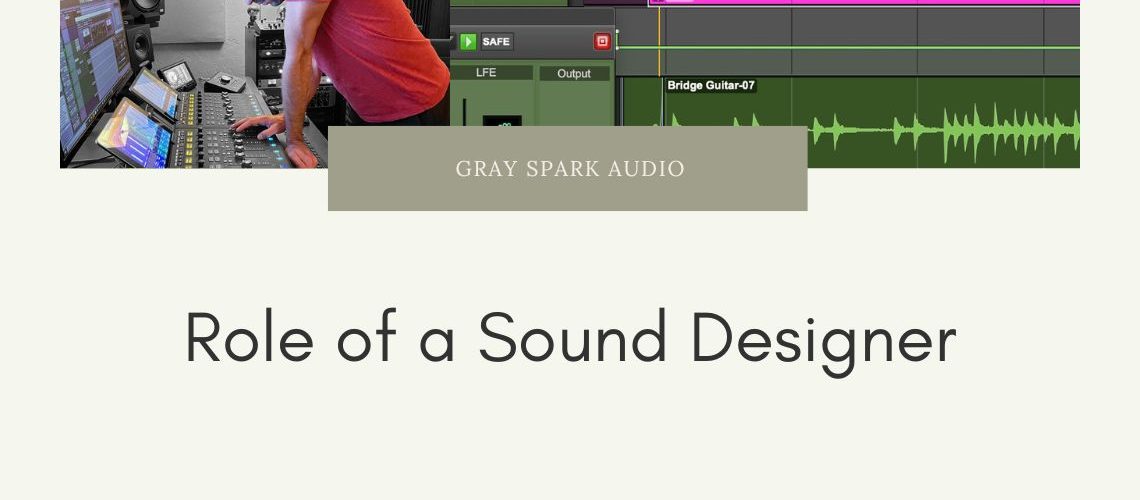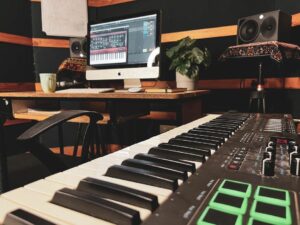
In the realm of audio production, where creativity meets technology, sound designers play a pivotal role in shaping the auditory landscapes that captivate and immerse audiences. Beyond the surface-level understanding of their work, a closer look reveals the multifaceted nature of their job. This blog aims to delve into the in-depth role of a sound designer, exploring the intricacies of their craft and the impact they have on various industries.
The Art and Science of Sound Design
1. Defining Sound Design
At its core, sound design is the art and science of creating and manipulating audio elements to evoke specific emotions, enhance storytelling, and contribute to the overall sensory experience. Sound designers are the architects of sonic environments, sculpting everything from subtle background ambiances to impactful, attention-grabbing effects.
2. Collaboration with Visual Media
In the world of film, television, and video games, sound designers collaborate closely with directors, producers, and other creative professionals. They enhance visual narratives by creating soundscapes that complement and elevate the storytelling. This involves designing unique sounds for everything from footsteps and door creaks to futuristic spaceship engines.
Tools of the Trade
1.Digital Audio Workstations (DAWs)
Sound designers are adept users of DAWs like Pro Tools, Logic Pro, or Ableton Live. These platforms serve as their virtual playgrounds, where they manipulate, layer, and arrange audio elements with precision.

2. Foley Artistry
One fascinating aspect of sound design is foley artistry. Sound designers often create custom sounds by recording and manipulating everyday noises to match the actions on screen. Whether it’s the rustle of leaves or the clinking of cutlery, these sounds add authenticity to visual storytelling.
Creating Atmosphere and Mood
1. Environmental Soundscapes
Sound designers excel in crafting immersive environments. Whether it’s the bustling streets of a city, the serenity of a forest, or the eerie silence of outer space, they meticulously design soundscapes that transport audiences to different worlds.
2. Emotional Resonance
Beyond the technical aspects, sound designers are emotional storytellers. They use their sonic palette to evoke emotions, build tension, and underscore key moments in a narrative. The subtle use of music, ambience, and carefully chosen effects can make or break the emotional impact of a scene.
The Role in Interactive Media
1. Video Games and Virtual Reality
Sound designers in the gaming industry face unique challenges. They must create dynamic soundscapes that respond to player actions, adding an extra layer of immersion. In virtual reality experiences, sound is a critical component of creating a sense of presence.
2. User Experience (UX) Design
Sound designers contribute to the overall user experience in applications and interfaces. Auditory feedback for button clicks, error alerts, and transitions is meticulously designed to enhance usability and engagement.

